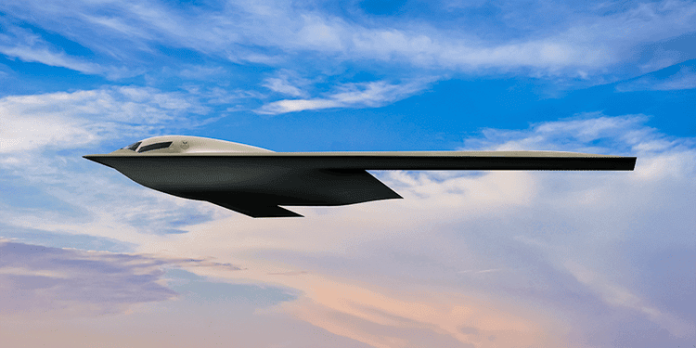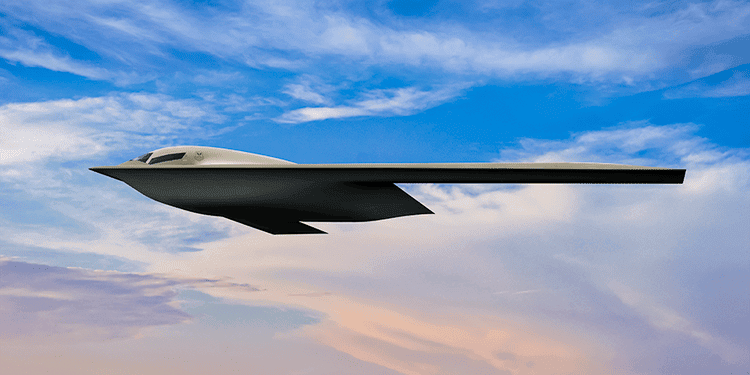
Is America’s airpower shrinking-or quietly sharpening its claws? If initial impressions are anything to go by, aging fleets, delayed deliveries, and budget caps for the US Air Force might create an impression of decline. But beneath the surface, the service is carrying on a conscious transformation: trading industrial-age mass for a tightly networked, sixth-generation ecosystem designed to out-sense, outdecide, and out-connect peer adversaries.
It’s more than an upgrade cycle: this is a once-in-a-century pivot in doctrine, technology, and force structure. The NGAD fighter, the B-21 Raider stealth bomber, and a new class of CCA drones formed cornerstones of this utterly reinvented air superiority strategy. There’s turbulence, but it’s the turbulence of metamorphosis, not collapse.
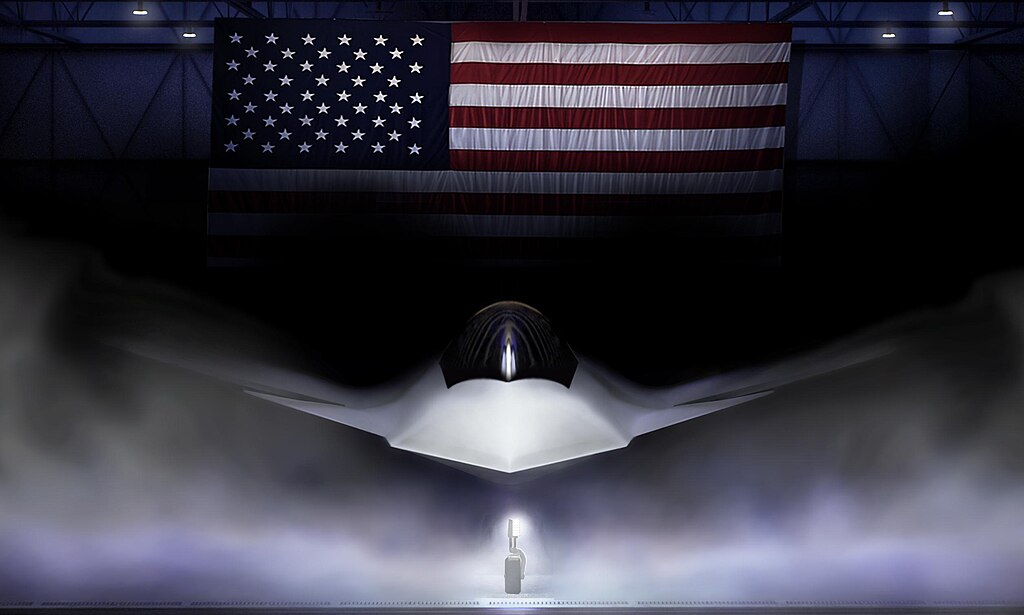
1. NGAD: The Manned ‘Quarterback’ of Air Combat
Born of a 2014 DARPA initiative, the NGAD program is a sixth-generation stealth fighter with extreme maneuverability and control over drones, meant to replace the F-22. Now christened the F-47, it will be used as a mother ship for autonomous CCAs, cueing strikes, reconnaissance, and electronic warfare via secure data links. At an estimated $300 million apiece, NGAD’s expense has prompted a pause in operations, but Boeing’s March 2025 contract award indicates intent to bring into service what the Air Force Chief of Staff, Gen. David Allvin, has called “the crown jewel” of future air dominance. Digital engineering and modular design ensure adaptability for decades, with seamless integration of emerging technologies.
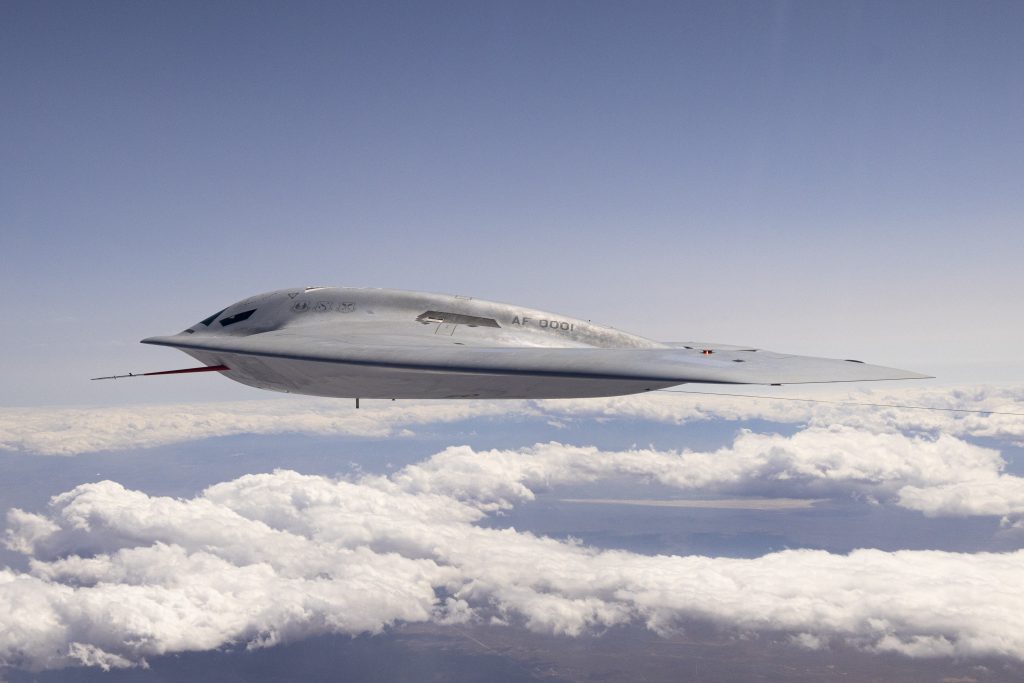
2. B-21 Raider: Stealth Bomber Built for the Networked Battlefield
It is the first sixth-generation bomber in the world, a generational leap beyond the B-2 Spirit. Smaller and more cost-conscious, it features a refined stealth profile with smoother skin, recessed intakes, and resilient low-maintenance coating. Compared to the doctrine of radio silence for the B-2, the B-21 will be a fully networked node able to share real-time data as would an F-35. The Air Force is planning to build at least 100 Raiders, probably as many as 145, in order to help address the B-2’s strategic shortfall of just 19 operational aircraft. The Northrop Grumman digital ecosystem streamlines the sustainment process, enables more frequent sorties, and rapid integration of supplier parts.

3. Collaborative Combat Aircraft: Autonomy Takes Flight
First prototypes for the CCA program the YFQ-42A from General Atomics and Anduril’s YFQ-44A have flown within two years of contract award. Anduril’s YFQ-44A is designed to fly semi-autonomously from day one, executing mission plans, making adjustments to flight controls, and landing with minimal human input. “These flights are giving us the hard data we need to shape requirements, reduce risk, and ensure the CCA program delivers combat capability on a pace and scale that keeps us ahead of the threat,” said Air Force Secretary Troy Meink. The Air Force envisions at least 1,000 CCAs to extend reach, survivability, and lethality of manned fighters at a fraction of the cost.

4. Divest to Invest: Risky but Necessary
That’s the theory, anyway, behind the highly publicized Air Force “divest to invest” strategy of retiring legacy fleets like the A-10s, F-15C/Ds, and older F-22s to free up money for NGAD, F-35A, and CCAs. Critics warn of dangerous capability gaps, citing many past instances when retirements weren’t balanced with timely replacements. Congress frequently cut planned buys, hence hollowing out force structures. But leaders say the velocity of technological change demands recalibration, trading numbers for networks. The problem is completing that transition before rivals can exploit the interim weakness.
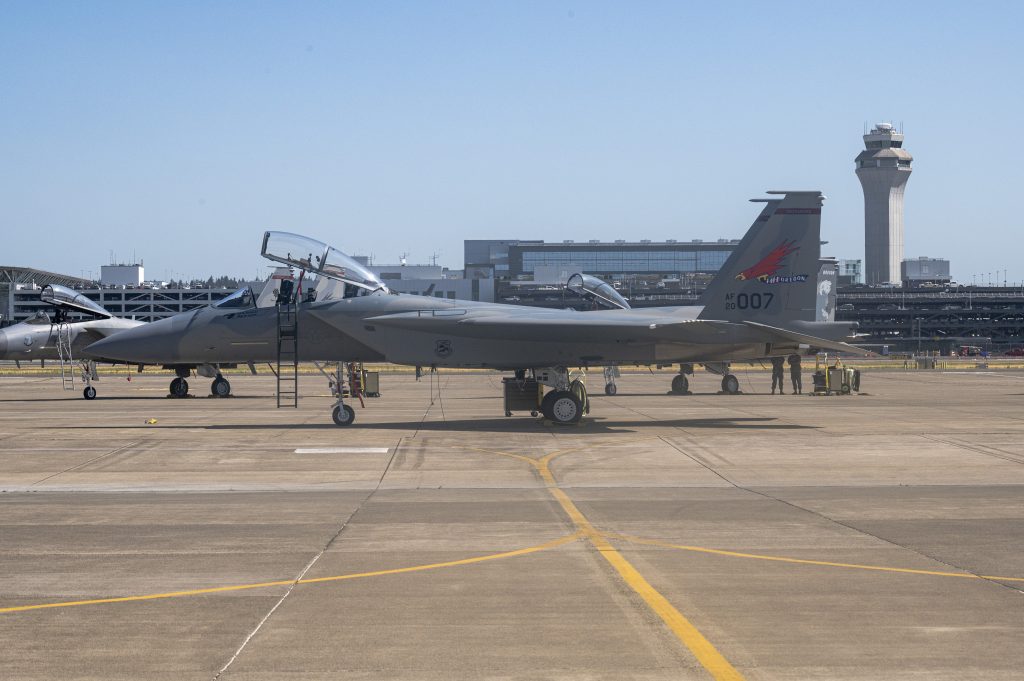
5. Fighter Fleet Expansion: The Goal of 1,558 Jets
An unclassified ten-year plan sent to Congress projects the addition of nearly 300 more combat-coded fighters by 2035, to reach 1,558 aircraft. The plan includes ramping F-15EX and F-35A production to maximum sustainable rates-up to 36 F-15EXs annually and 100 F-35As annually by FY30. It also includes adding F-47s and CCAs into the force mix. Sustaining this growth will require closing a $400 million annual shortfall in weapon system sustainment and increasing flying hours for training.
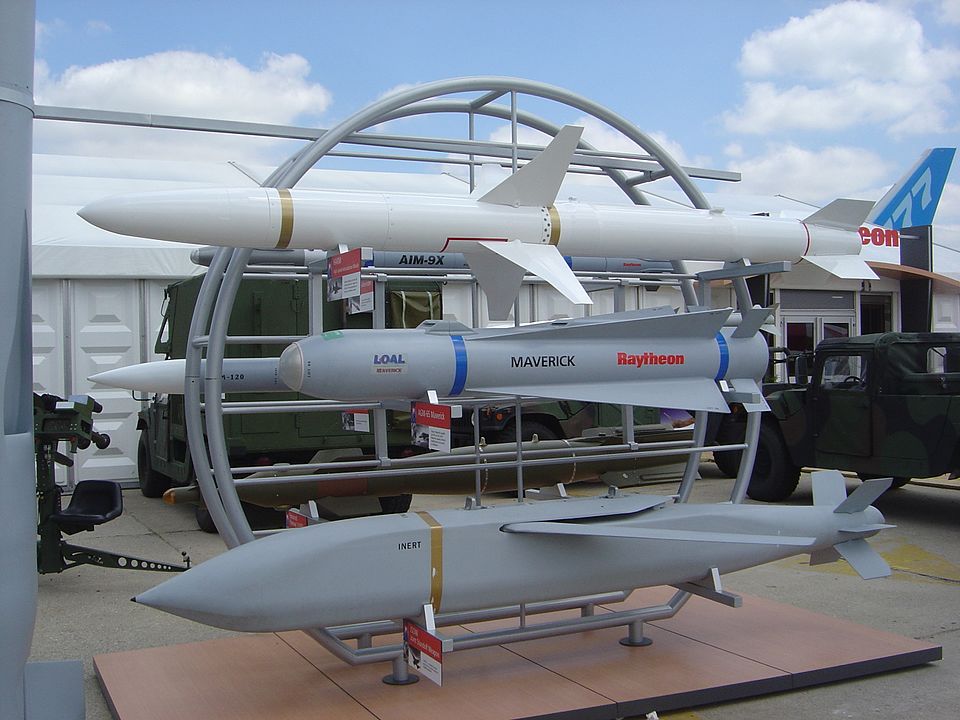
6. Multi-Function Hardware: Turning Fighters into Data Centers
Raytheon is developing next-generation multi-function RF systems that consolidate radar, communications and other functions into single hardware suites, making the systems smaller, lighter and less power hungry. According to Raytheon Intelligence & Space’s Tomek Rys, onboard computer clusters will “effectively put a data center in the sky” and let AI algorithms process sensor input in real time to accelerate decision-making. This architecture forms the basis for stealth, autonomy, and sensor fusion within sixth-generation platforms.

7. China’s Accelerated Fighter Development
That’s why the rapid iteration of China’s J-36 prototype, just 10 months between airframes, foretells an aggressive push toward sixth-generation capabilities. With more than 300 J-20s in service and carrier-capable J-35s emerging, Beijing is building a dense “system of systems” integrating fighters, drones, and air defenses. Industrial capacity is a force multiplier: five J-20 production lines are said to be able to deliver a new aircraft every eight days. That pace challenges the U.S. to match not just quality but quantity.
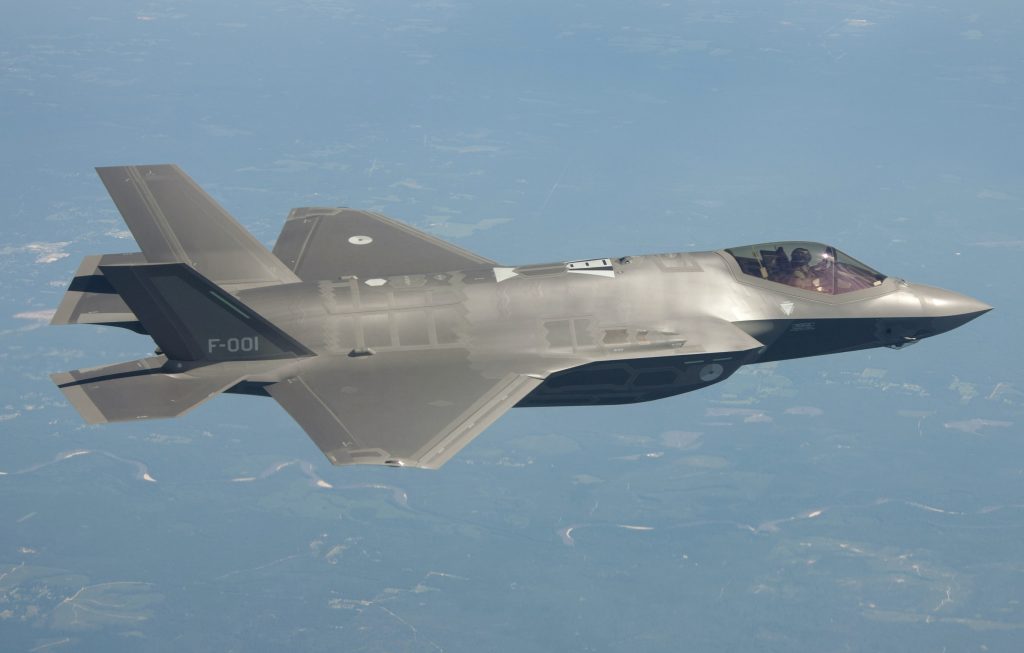
8. Upgrading Fifth-Gen Assets for the 2030s
While NGAD comes online, the Air Force is updating F-22s with AIM-260 missiles, advanced EW systems and open-architecture software. The F-35 is likewise getting a “NASCAR upgrade” that will give it 80 percent of the sixth-gen capabilities for half the price, with AI autonomy, stealth material upgrades and crewed-uncrewed teaming. These upgrades are designed to make fifth-gen fleets relevant in contested environments until NGAD and CCAs reach full fielding.
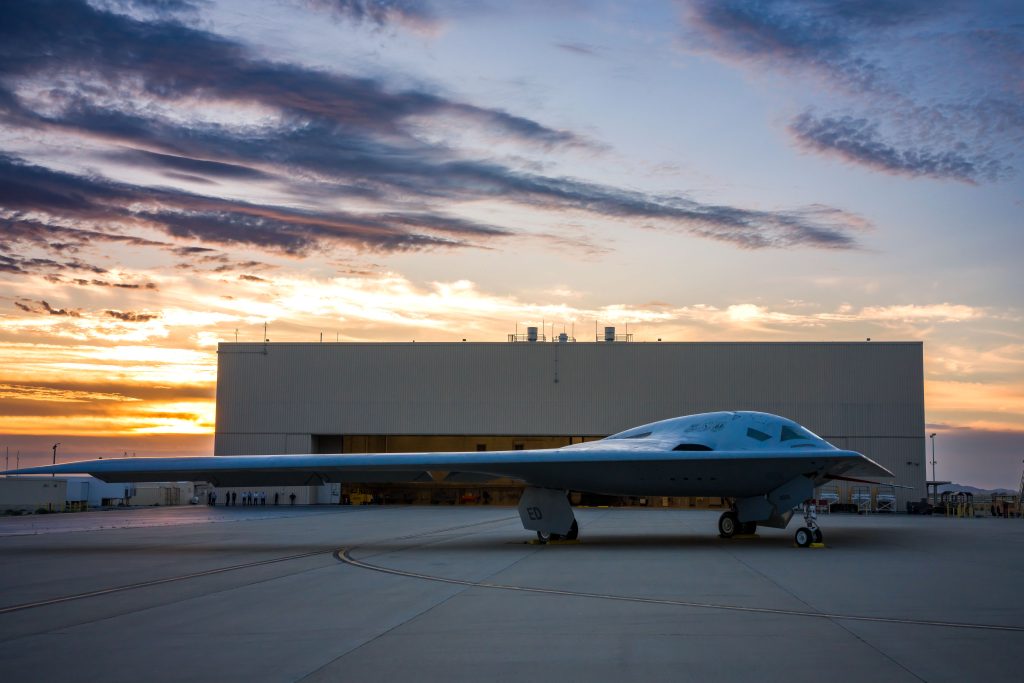
9. The Strategic Imperative: Out-Sensing and Out-Connecting
In the sixth-generation era, dominance hinges on who can see, decide, and act first. The U.S. Air Force’s modernization integrates stealth, autonomy, AI, and distributed operations into layered systems of systems. As Gen. Allvin noted, “Air dominance is not a birthright our dominance needs to be earned every single day.” The race is against time: completing the reboot before China’s accelerated programs tip the balance.
This reboot of the Great U.S. Air Force is not about preserving the past but about redefining airpower for a future in which speed, data, and integration matter more than sheer numbers. NGAD, B-21, and CCAs are not isolated projects but interlocking pieces of a strategic mosaic designed to keep America ahead in a contested, data-rich battlespace. The turbulence is real, but it is the turbulence of transformation, and the measure of success will be whether Air Force completes this metamorphosis before its rivals do.
